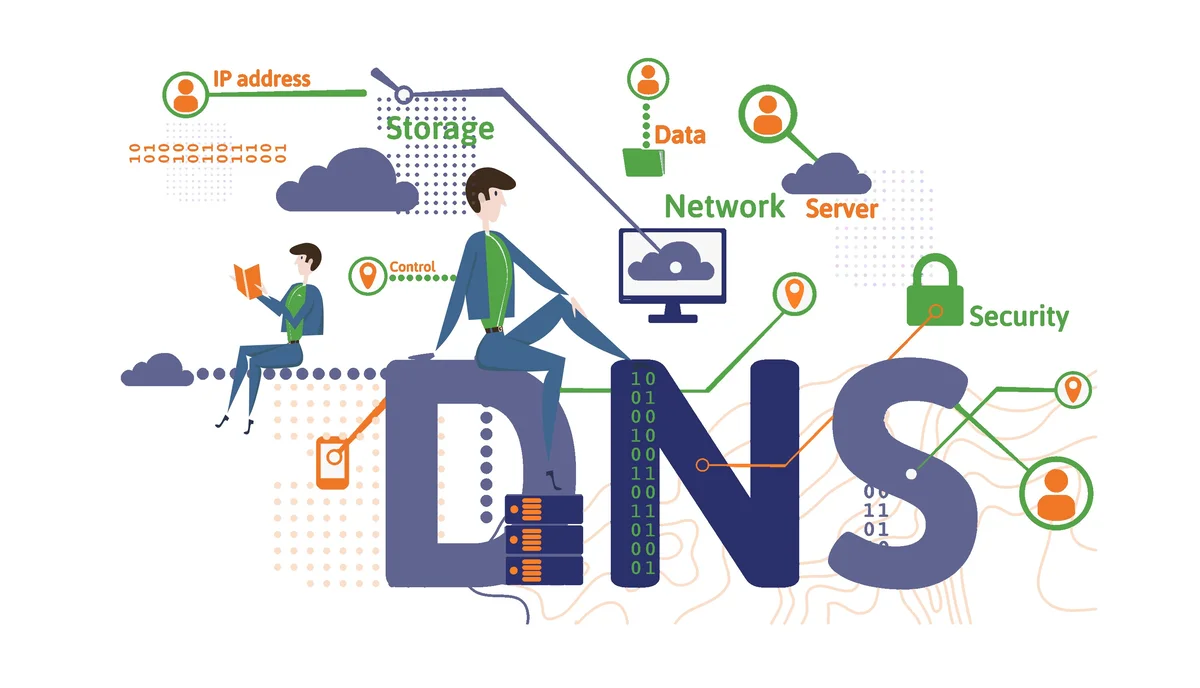Most Common Web Browser Vulnerabilities to Watch Out for
Many companies start prioritizing web security after an occurrence of a breach. A functional strategy for network security must be defensive and active to guarantee data protection. Attackers are exploiting security vulnerabilities to wreak havoc and breach organizations, leading to huge financial losses.
The full impact of the vulnerability is not only estimated in monetary terms- but the exposure can also significantly damage an organization’s reputation. Research shows that new vulnerabilities in web devices have increased by 46%, something that has necessitated strong countermeasures. This article reveals the most common web browser vulnerabilities.
Sensitive data exposure
Sensitive data exposure is one of the most common forms of vulnerability today. It is about resource and crypto protection. Many organizations are adopting remote working, which means that employees are constantly communicating and collaborating via email.
Failure to encrypt sensitive data could lead to unauthorized access and manipulation. Using remote browser isolation could help to reduce these vulnerabilities. User passwords and credit card information should not move without encryption.
Use a strong hashing/crypto algorithm to guarantee maximum protection. You can also use HTTPS with suitable PFS (Perfect Forward Secrecy) and certificate and avoid accepting anything over non-HTTPS connections.
In August 2021, Accenture became a victim of hacking that was linked to the LockBit ransomware group. The attackers stole and exposed corporate data and breached the organization’s customers’ systems. The attackers are believed to have stolen and exposed six terabytes of data and thereafter demanded a $50 million ransom.
Security misconfiguration
Companies often encounter misconfigured web applications and servers, especially where centralized control is lacking. The futuristic technologies for businesses, such as blockchain, increase the threats of these attacks. Security misconfiguration may occur when having a directory listing enabled on a web server, leaking valuable information.
To prevent security misconfiguration, disable the application of default passwords and accounts. Never use the default credentials after installing new software into your device- the credentials may be an essay target for attackers. Ensure that the directory listing feature is disabled on any of your systems’ applications.
Wormhole, a cryptocurrency framework, was attacked in February 2022. The company is said to have incurred a financial loss amounting to $326 million. The problem arose as a result of faulty account validation. Wormhole managed to fix the vulnerability within six hours and had the funds returned the next day.
Injection flaws
Injection flaws can occur when you deliver unfiltered data to the browser, SQL server, or anywhere else. Cybercriminals can inject commands and hijack your browsers, leading to massive data loss.
It is important to filter any information you receive from an untrusted data loss. Use a whitelist because a blacklist is hard to configure appropriately, and it can be easy for an attacker to bypass it.
Prevention against injection flaws requires filtering input and considering the senders that can be trusted. Another preventive measure is to offer minimal privileges to the user accounts that apply SQL queries to connect to organizational databases in an application.
In May 2021, JBS, a meat processor, suffered a serious web browser attack. After realizing that the company was about to lose its entire database, it had to make a bitcoin payment amounting to $11 million to the attackers. The incursion was discovered by the IT team that found irregularities in some internal servers. The security experts contacted the FBI team before shutting down the system to reduce the impact of the attack.
Cross-Site Scripting (XSS)
Cross-Site Scripting attacks often target those that are embedded in a web page executed on the users’ side. This vulnerability occurs when an app within the web accepts data from a trusted source and sends it to the web browser without proper validation. The hacker prepares malicious scripts that are triggered by the user unintentionally.
The scripts help the attacker to have control over the app and access sensitive information. The preventive measures against XSS include the following:
- Disabling markup elements that can support running scripts
- Installing Firewalls for Web Applications
- Undertaking web browser upgrades by installing those that feature an XSS prevention mechanism and those that don’t permit malicious scripts.
- Avoid returning HTML tags to users. This may protect you from SQL injection that may occur when an attacker injects malicious content such as suspicious images.
Broken Authentication
Broken authentication can occur due to failure to encrypt passwords in transit or storage. The URL may have the session ID, which may then be leaked to third parties. Another pitfall with broken authentication is that it may be possible to predict session IDs allowing the attackers to easily have access to sensitive data or information.
The attackers can hijack the web sessions, especially if timeouts are not put in place correctly or when SSL security is lacking. The best way to avoid broken authentication is to create a framework and educate users on the potential issues that may arise.
You can also install an SSL certificate on your website to encrypt sensitive information that protects login credentials and browsing sessions. Another way is to connect only from a private and protected network and to stay away from public Wi-Fi.
DNS Poisoning
Cybercriminals can also poison the DNS system at various stops. Your device catches DNS entries allowing the attackers to poison the cache. A file on your device can be manipulated to override DNS servers for specific web addresses allowing the attackers to compromise DNS servers.
After compromising the DNS servers, the attackers can use a bad IP address for genuine sites. After a successful attack, your browser will connect with the attacker’s server instead of the genuine one for any targeted site. These kinds of attacks often target financial institutions such as banks, deceiving users into revealing their account credentials.
Conclusion
Web browser vulnerabilities can lead to the loss of sensitive information and damage an organization’s reputation. Being aware of the above vulnerabilities could help you to take the necessary steps to protect your web applications. Let the users be aware of the threats that these vulnerabilities can pose and encourage them to be vigilant at all times.




